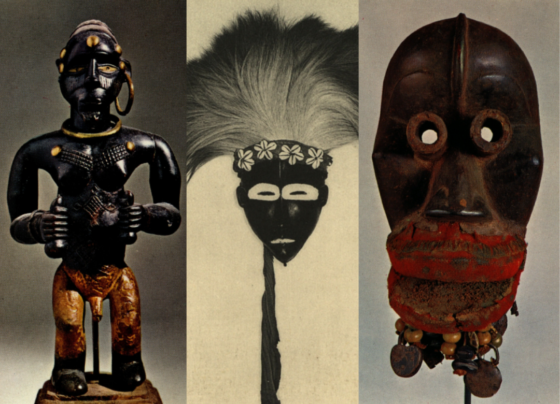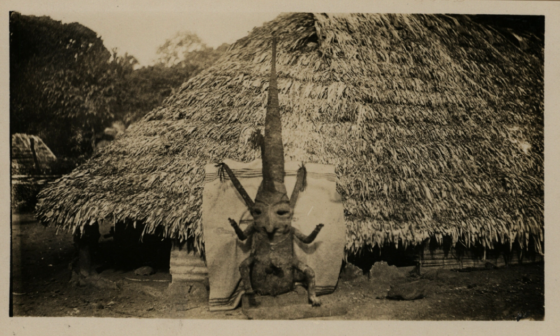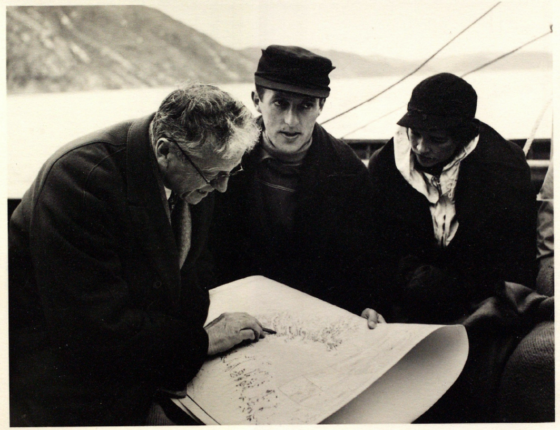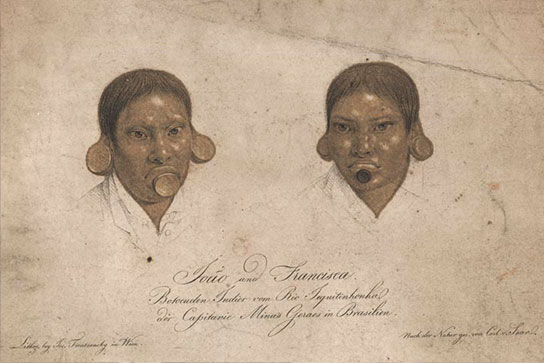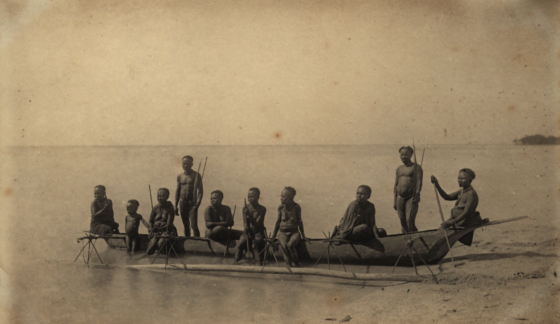Centuries of Anthropological Exploration
Founded in 1871, with roots dating back to 1837, the Royal Anthropological Institute of Great Britain and Ireland is the world’s longest-established scholarly association, dedicated to the furtherance of anthropology in its broadest and most inclusive sense.
With a distinguished tradition of scholarship that stretches over 150 years, the Institute remains committed to promoting the public understanding of anthropology, and to further the contribution of anthropology to public affairs, culture, education and society.
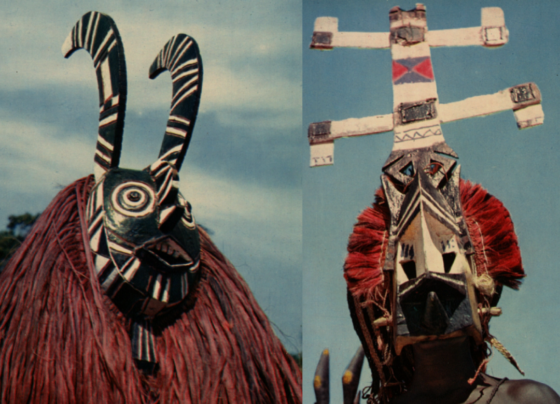
A Visual Chronicle of People, Arts and Cultures
The Institute’s archive contains nearly one million pieces of unique content, including research data, papers, fieldwork, drawings and photographs, and a wealth of previously uncatalogued material.
The archive includes a 150,000-image library of ethnographic photographs dating back to the 1860s. Those images were captured by anthropologists, ethnologists and ethnographic photographers, and include historic prints, lantern slides, drawings and paintings, illustrating diverse world cultures.
The collections include illustrations, sketches, maps, fieldwork, notes and correspondence from Bronislaw Malinowski, William Buller Fagg, Rosemary Harris, Charles Gabriel Seligman, Edward Horace Man, Alfred Cort Haddon, Lady Vera Delves Broughton, Thomas Henry Huxley, Audrey Richards, Northcote W. Thomas, Robert Sutherland Rattray, and Peter Morton Williams.
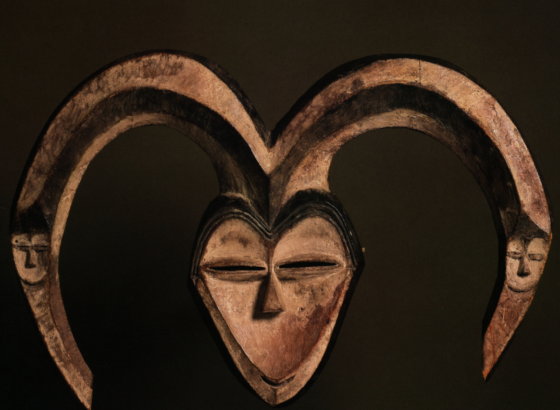
Subjects and Themes
- African Art
- Anthropology
- Archaeology
- Art History
- Colonial History
- Cultural Studies
- Ethnic Studies
- Ethnography
- Evolutionary Anthropology
- Forensic Anthropology
- Geography
- Historical Anthropology and Geography
- Historical Geography
- Gender Studies
- Linguistics, Languages and Culture
- Photographic Chronicles
- Race and Culture
- Religion and Religious Studies
- Visual Anthropology
- Visual Cultures
Primary Source Materials
- 150,000-image library
- Administrative Records
- Correspondence
- Data
- Drawings
- Fieldwork
- Gray Literature
- Illustrations
- Manuscripts
- Maps
- Monographs
- Notes
- Pamphlets
- Periodicals
- Personal Papers
- Photographs
- Proceedings Reports
Inside the Archive

Photograph from Peter Morton Williams Collection. Source: The Royal Anthropological Institute of Great Britain and Ireland 
Portrait (head and shoulders) of a girl. Amy J. Drucker, Drucker portraits, 1937.
Source: The Royal Anthropological Institute of Great Britain and Ireland.
Man and storks. Henry Underhill, Underhill, 1890s. Source: The Royal Anthropological Institute of Great Britain and Ireland 
75 Aac an Ostrich of Large Size B.M.2.8
Collection. Source: Royal Anthropological Institute
Photograph from Peter Morton Williams Collection. Source: The Royal Anthropological Institute of Great Britain and Ireland 
R5-3 Vuvi - Painted Mask. Source: The Royal Anthropological Institute of Great Britain and Ireland
